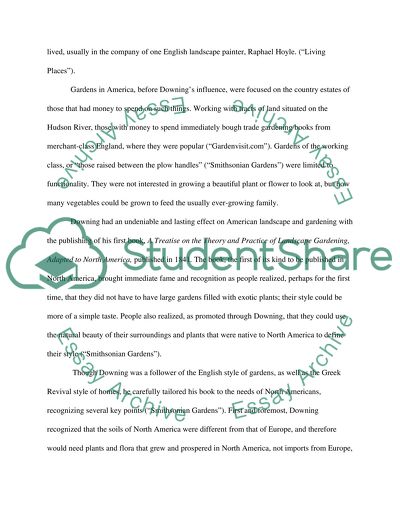Cite this document
(“How Thomas Church and Andrew Jackson Downing were from two different Essay”, n.d.)
Retrieved from https://studentshare.org/environmental-studies/1419681-how-thomas-church-and-andrew-jackson-downing-were
Retrieved from https://studentshare.org/environmental-studies/1419681-how-thomas-church-and-andrew-jackson-downing-were
(How Thomas Church and Andrew Jackson Downing Were from Two Different Essay)
https://studentshare.org/environmental-studies/1419681-how-thomas-church-and-andrew-jackson-downing-were.
https://studentshare.org/environmental-studies/1419681-how-thomas-church-and-andrew-jackson-downing-were.
“How Thomas Church and Andrew Jackson Downing Were from Two Different Essay”, n.d. https://studentshare.org/environmental-studies/1419681-how-thomas-church-and-andrew-jackson-downing-were.


